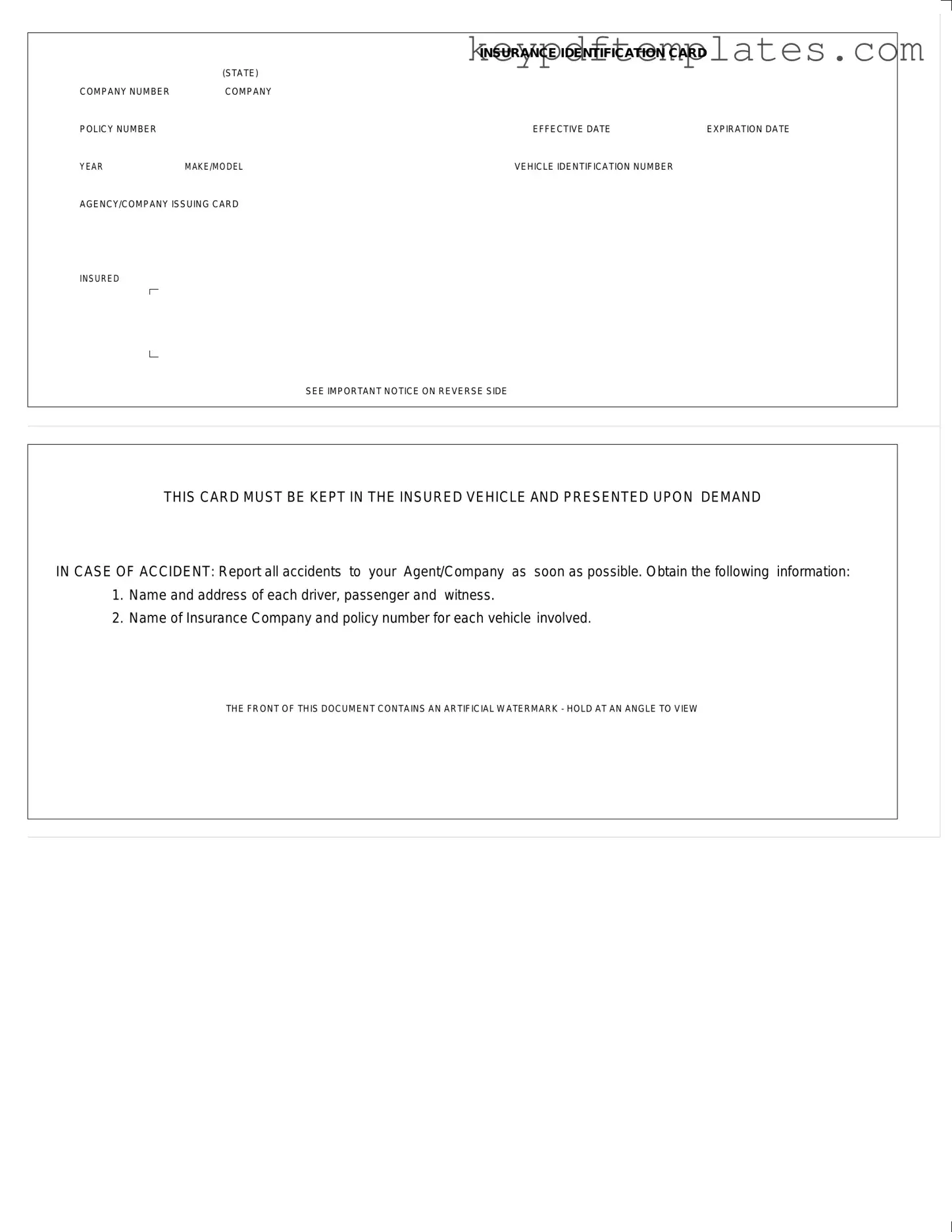Get Auto Insurance Card Form
The Auto Insurance Card is a crucial document that provides proof of insurance coverage for your vehicle. It includes important details such as the policy number, effective dates, and vehicle information. Always keep this card in your vehicle and present it when required, especially in the event of an accident.
Modify Document Online
